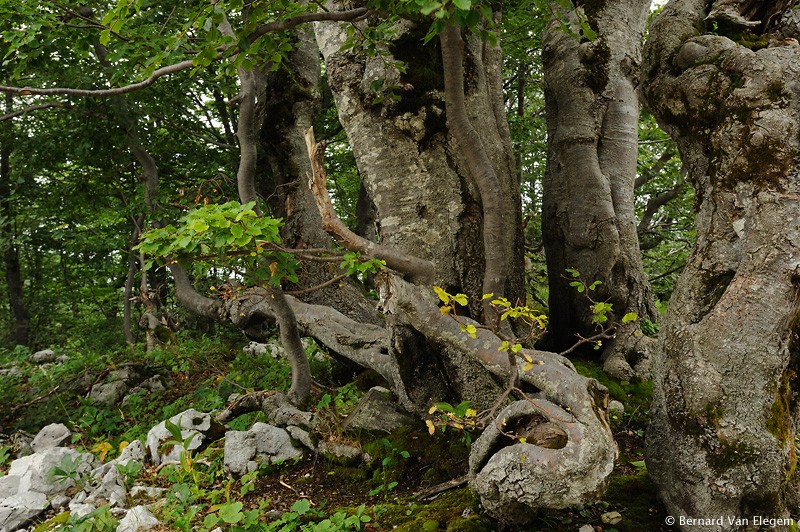
(1955) A comparison of light in different woodlands. (1955) Studies of the development of woodland conditions under different trees. (1970) Vegetation types of planted spruce forests in Scania, southern Sweden. Atterson), Institute of Terrestrial Ecology, Cambridge, pp. (1979) Even-aged plantations as a habitat for birds, in The Ecology of Even-aged Forest Plantations (eds E.D. (1979) A systematic relationship between phytochrome-controlled development and species habitat, for plants grown in simulated natural radiation. (1988) Responses of three woodland herbs to reduced photosynthetically active radiation and low red to far-red ratio in shade. (1987) Instrument for measuring temperature, photosynthetically active radiation and daylength, and its use in the measurement of daylength and temperature in coppice. (1989) Ecological Effects of Forestry Practices in Long-established Woodland and their Implications for Nature Conservation Oxford Forestry Institute Occasional Paper, 39, Department of Plant Sciences, Oxford. (1984) Solar radiation under coppice and the physiological ecology of selected woodland plants PhD dissertation, University of Cambridge. (1974) Initial spacing in relation to establishment and early growth of conifer plantations Forestry Commission Research and Development Paper, 110, Forestry Commission, Wrecclesham, near Farnham, Surrey. (1977) The distribution of solar radiation within a deciduous forest. (1975) The function of phytochrome in plants growing in the natural environment.

(1979) The development of a flora in even-aged plantations, in The Ecology of Even-aged Forest Plantations (eds E.D. Bulletin de la Société Royale Botanique de Belgique 102, 13–26. (1969) Réflexion, interception et transmission du rayonnement de courtes longeurs d’onde: variation au cours d’une année. Bulletin de la Société Royale Botanique de Belgique 100, 315–34. (1967) Extinction du rayonnement global, tropismes et paramètres foliaires. (1965) The Climate near the Ground Harvard University Press, Cambridge, Massachusetts. Annales des Sciences Forestières 42, 323–38. (1985) Effet de l’intensité de l’éclaircie sur l’extinction du rayonnement solaire en jeunes futaies de Picea abies (L.) Karst. (1977) The biomass and production of ground vegetation and its relation to tree cover through a deciduous woodland cycle. (1970) Stand structure and dry weight production through the sweet chestnut (Castanea sativa Mill.) coppice cycle. (1979) An ecological basis for predicting the growth and stability of plantation forests, in The Ecology of Even-aged Forest Plantations (eds E.D. (1984) Silviculture of Broadleaved Woodland Forestry Commission Bulletin, 62, HMSO, London.įord, E.D. (1988) Vegetation Ecology of Central Europe Cambridge University Press, Cambridge.Įvans, J. (1984) Coppice Forestry Commission Leaflet no. Journal of Applied Ecology 24, 261–78.Ĭrowther, R.E. (1987) Radiation interception and productivity of willow. Biological Conservation 21, 19–38.Ĭannell, M.G.R., Milne, R., Sheppard, L.J. (1981) The role of buried seed in coppice-woods. (1984) Influence of microtopography and canopy species on spatial patterns of forest understory plants. Implications of a computer model of 1000 years of population change. (1982) Population dynamics of the wild daffodil (Narcissus pseudonarcissus). (1976) Changes and variability in the field layer of a coppiced woodland in Norfolk, England. (1964b) Studies of the woodland light climate.

Journal of Ecology 52, 27–41.Īnderson, M.C. The photographic computation of light conditions. (1964a) Studies of the woodland light climate. This process is experimental and the keywords may be updated as the learning algorithm improves.Īnderson, M.C. These keywords were added by machine and not by the authors. There is therefore much interest in comparing worked coppice, neglected coppice and high forest systems as options for woodland management, particularly where several objectives (all or any of nature conservation, wood production, recreation, landscape or the production of game) must be satisfied, within a financial constraint. For centuries coppicing was the usual method of managing woodland in the lowlands and coppiced woods are now generally regarded as valuable for nature conservation (Rackham, 1980 Peterken, 1981).
#COPPICE GROWTH FULL#
An important distinction among silvicultural systems is between coppice, where repeated crops of small-sized wood are regenerated at short intervals from cut stumps, and high forest in which single-stemmed trees grow from seed or transplants to their full height.


 0 kommentar(er)
0 kommentar(er)
